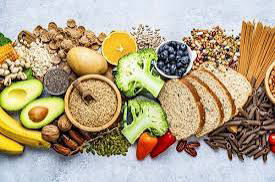Industrial Training Completion and Project Status of Eric Azibataram
Eric Azibataram has successfully concluded his industrial training period at St. Peter's Hospital. The practical attachment, which provided significant hands-on experience in Microbiology, officially ended on September 30, 2025. It is confirmed that Mr. Azibataram has already successfully defended his work related to the industrial training. This milestone signifies the comprehensive application of his academic knowledge in a professional healthcare environment. With the defense complete, Eric Azibataram is now shifting his focus entirely to the preparation and submission of his final year project. This final academic requirement will serve to consolidate the skills and insights gained during his tenure at St. Peter's Hospital. Key Details Included: 1. Trainee: Eric Azibataram 2. Location: St. Peter's Hospital 3. End Date: September 30, 2025 4. Status 1 (Defense): Successfully completed 5. Status 2 (Project): Awaiting/Focusing on the fina...








